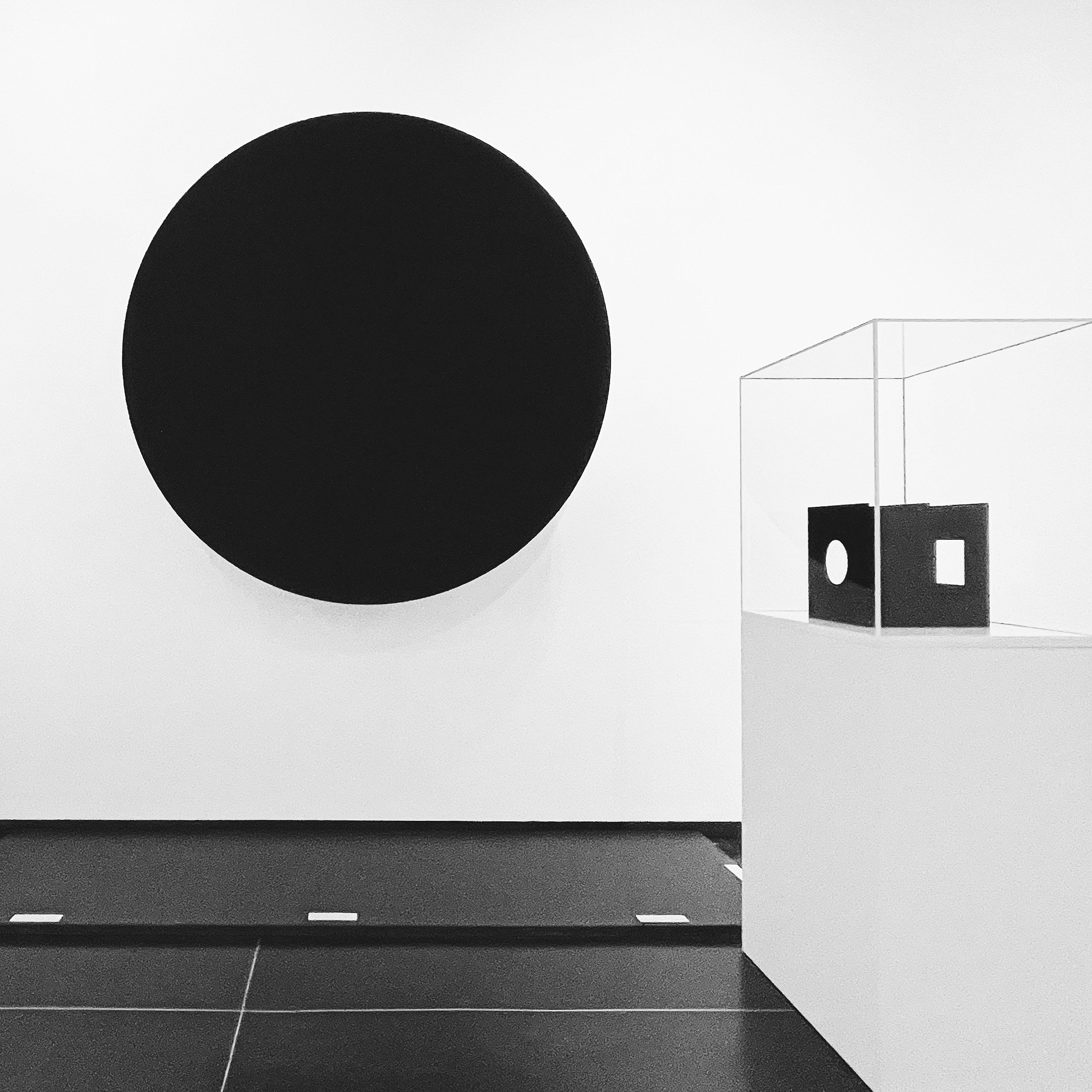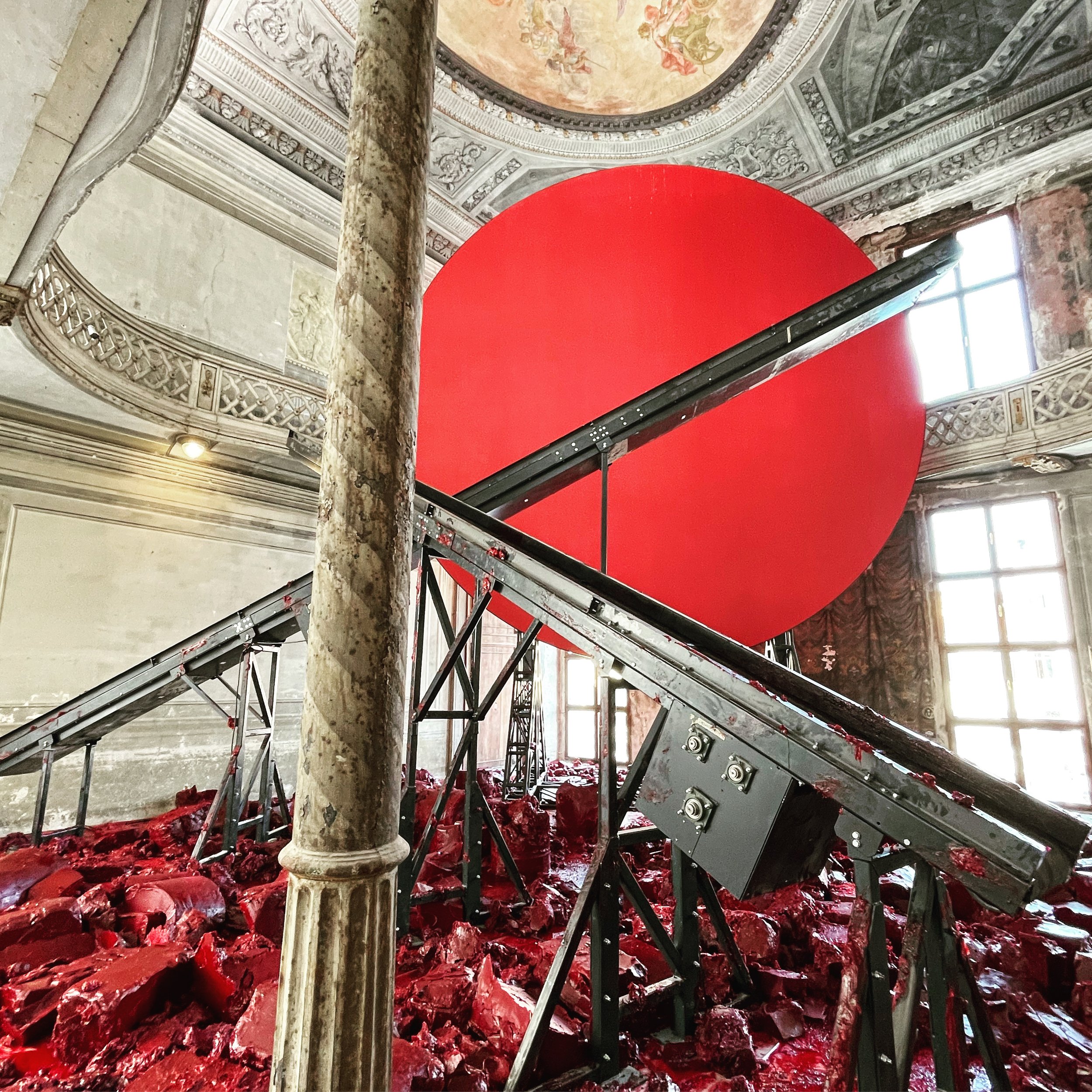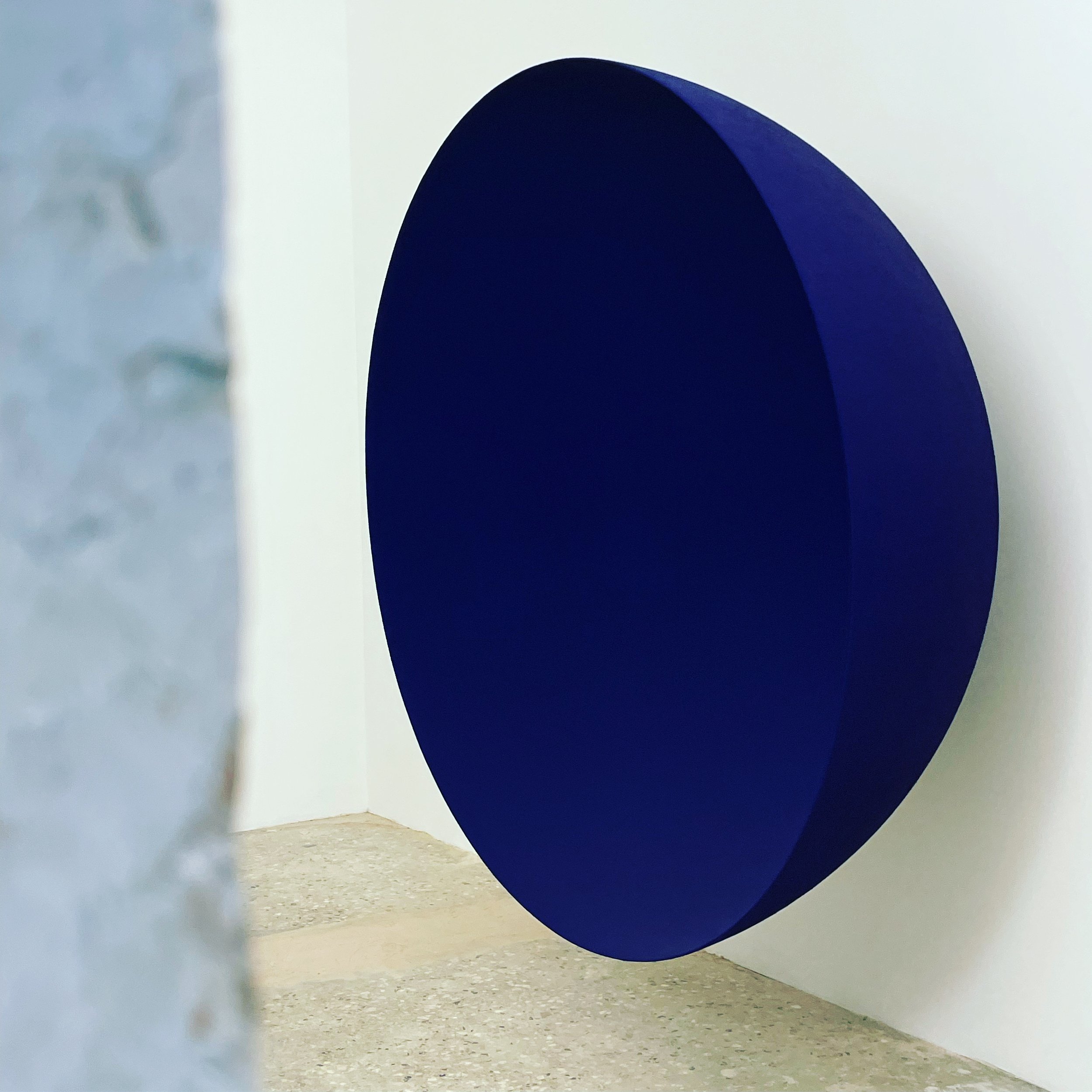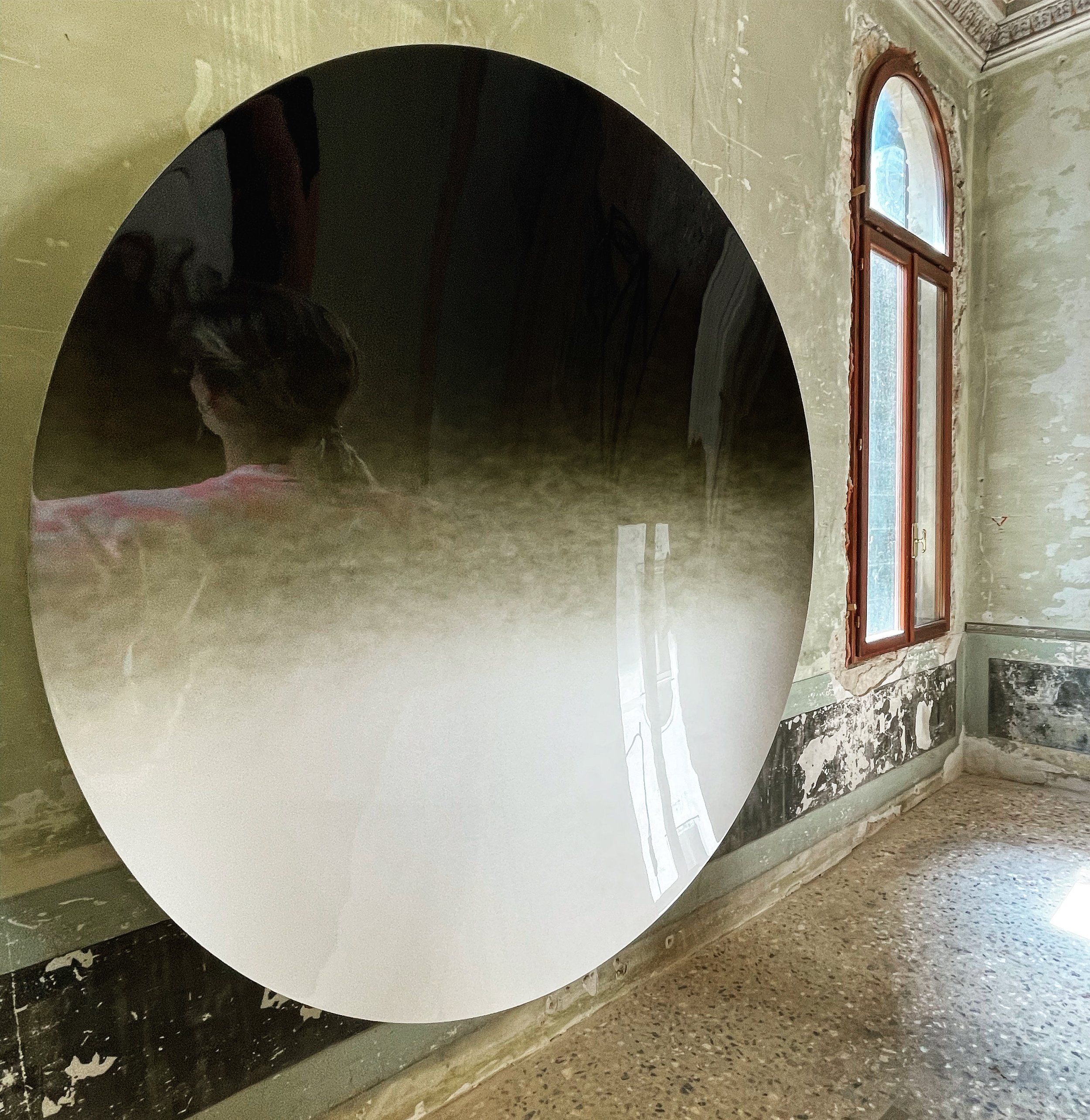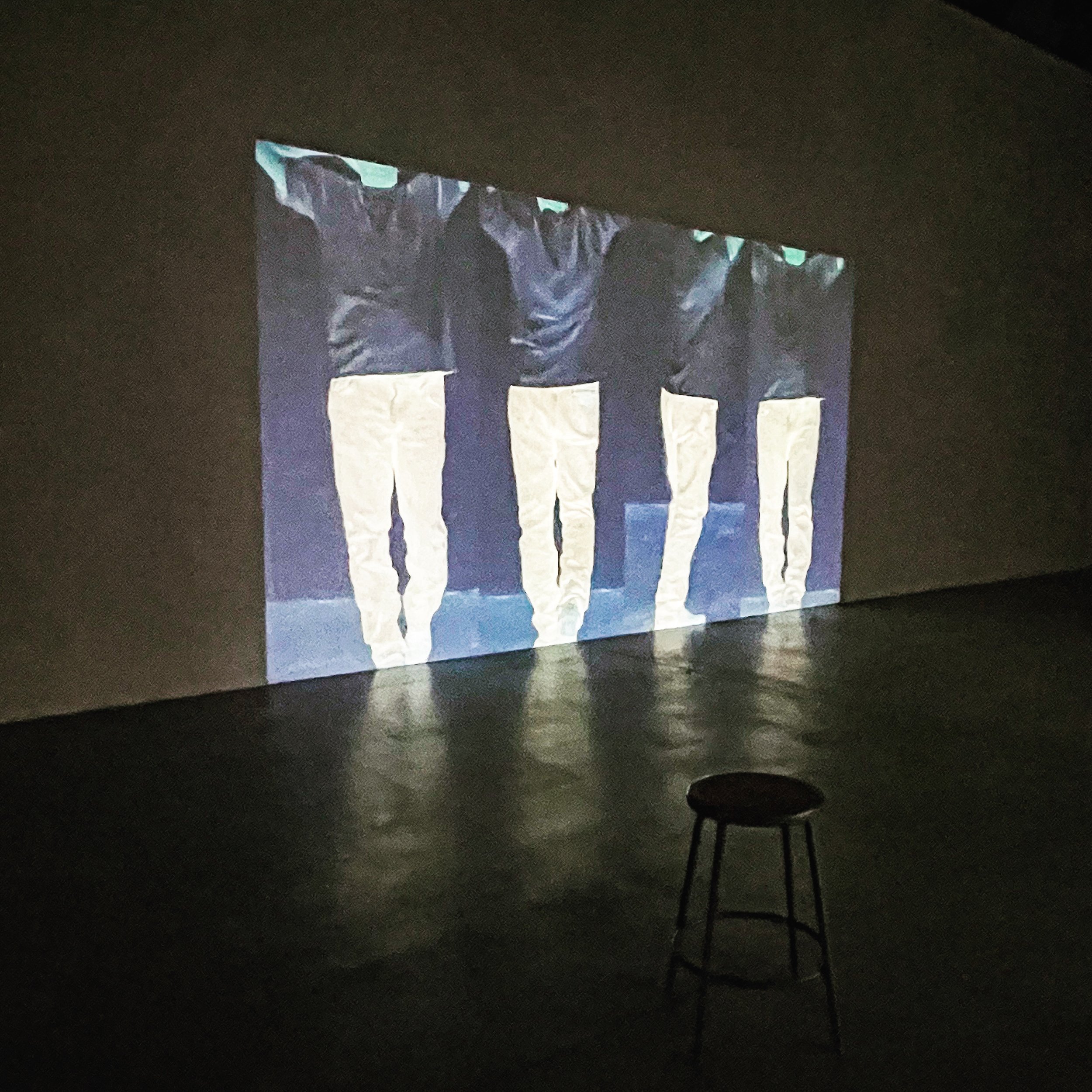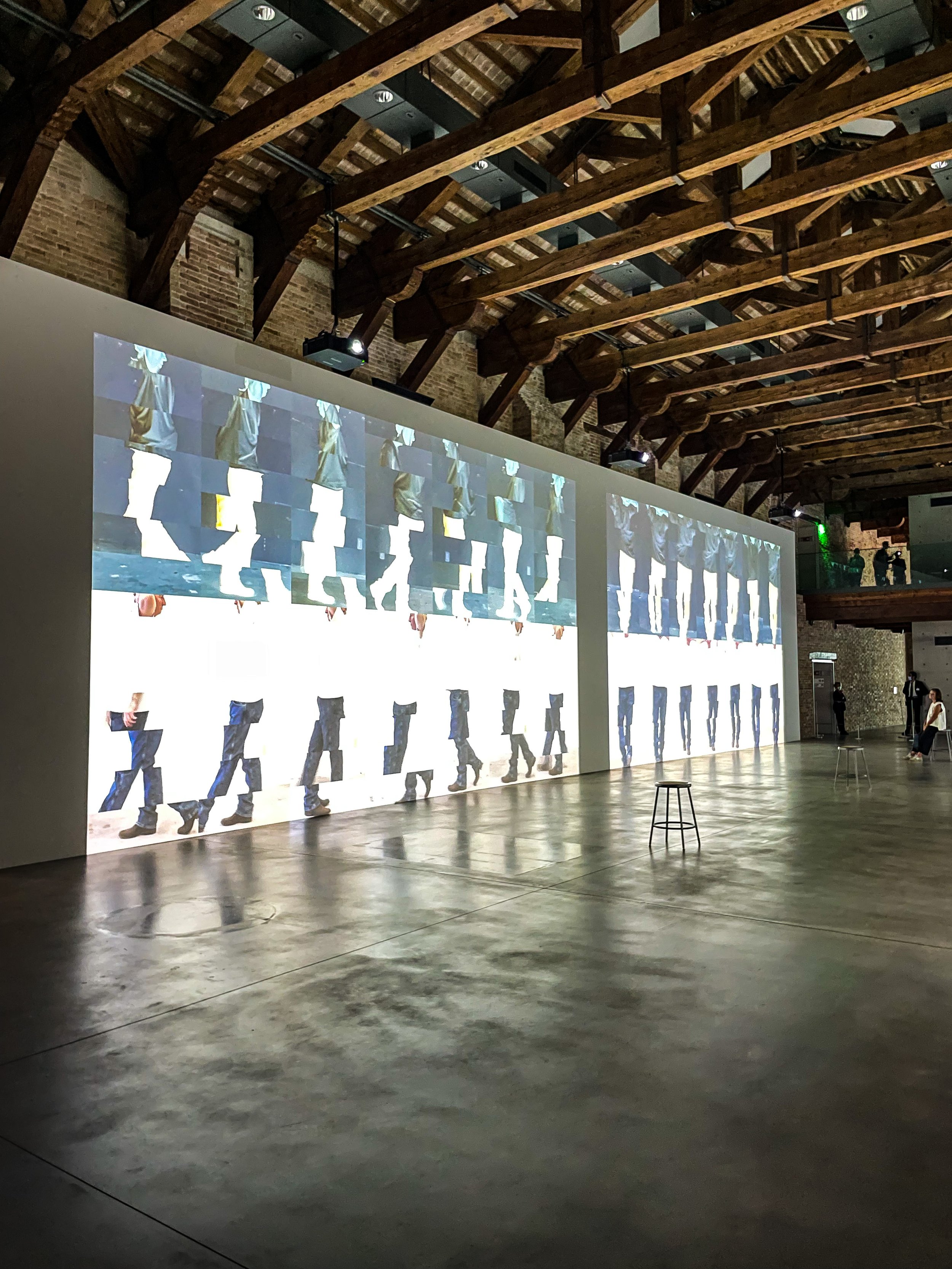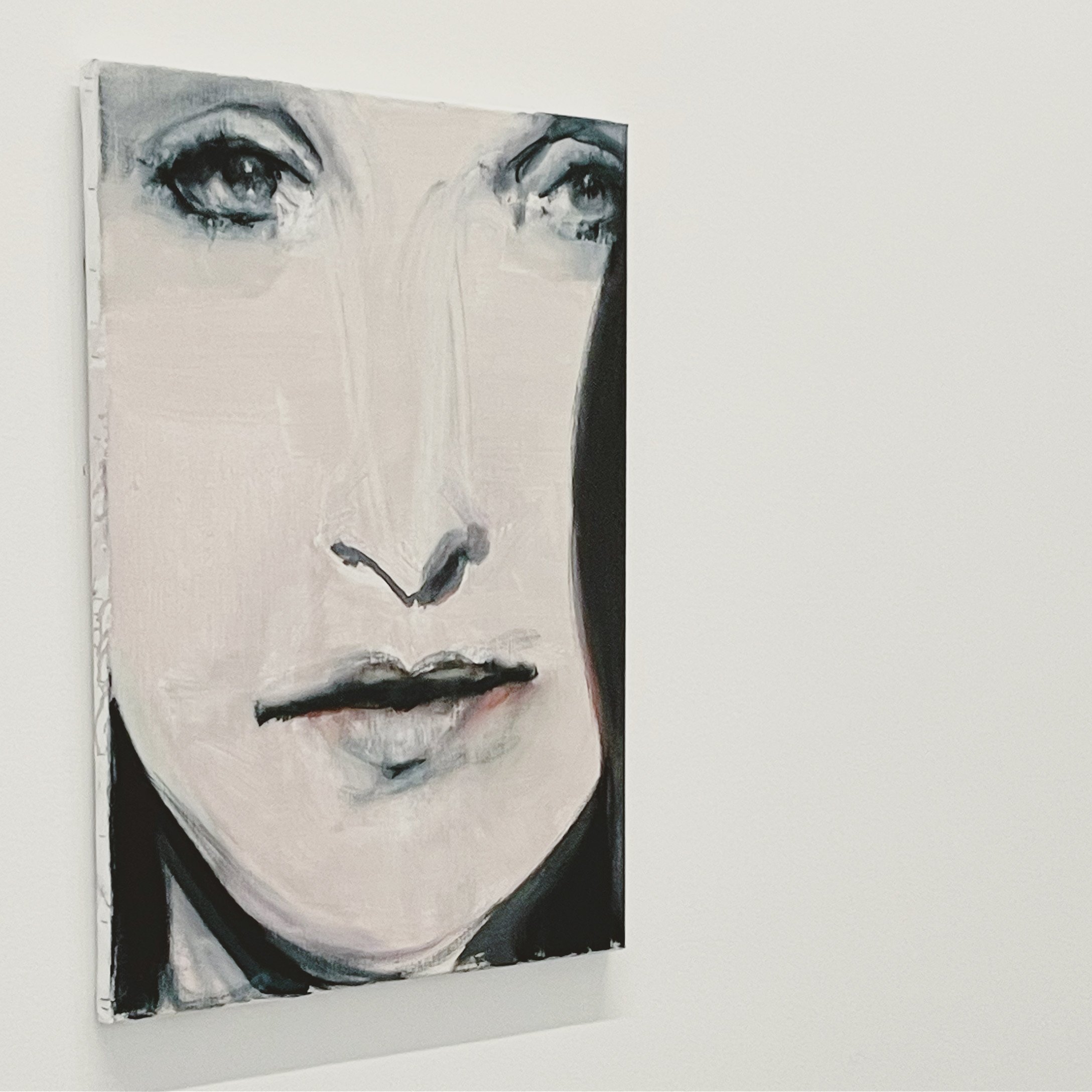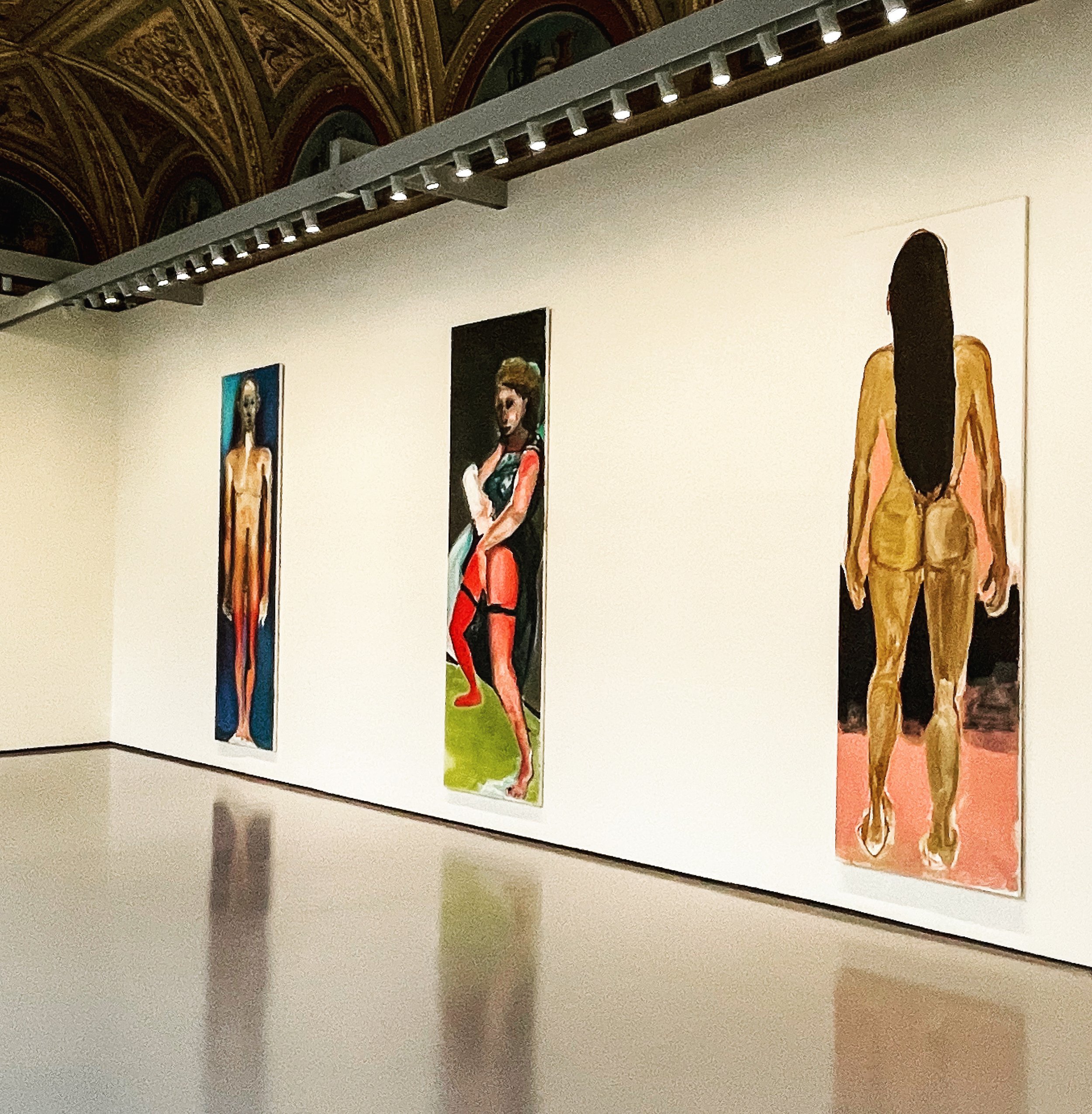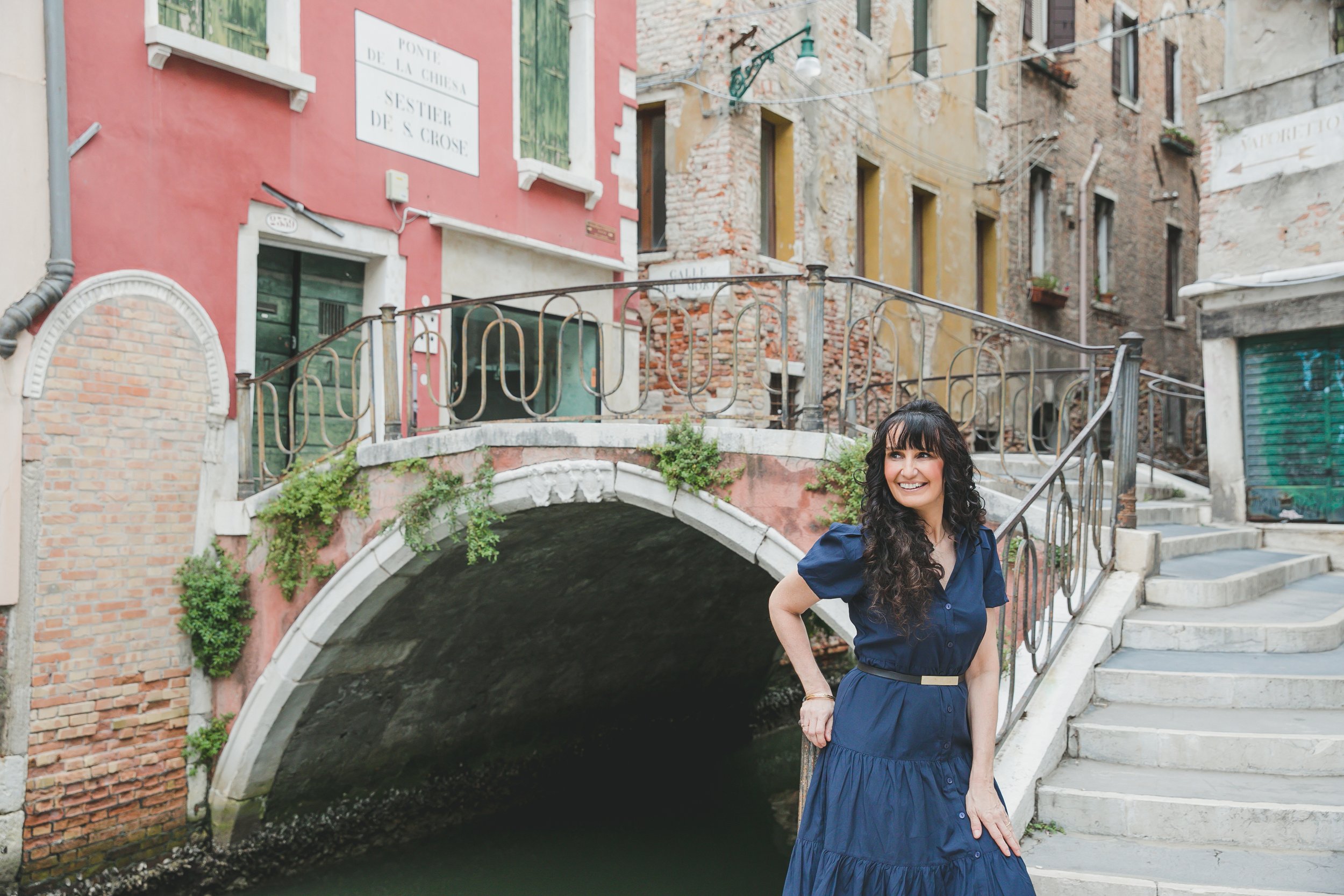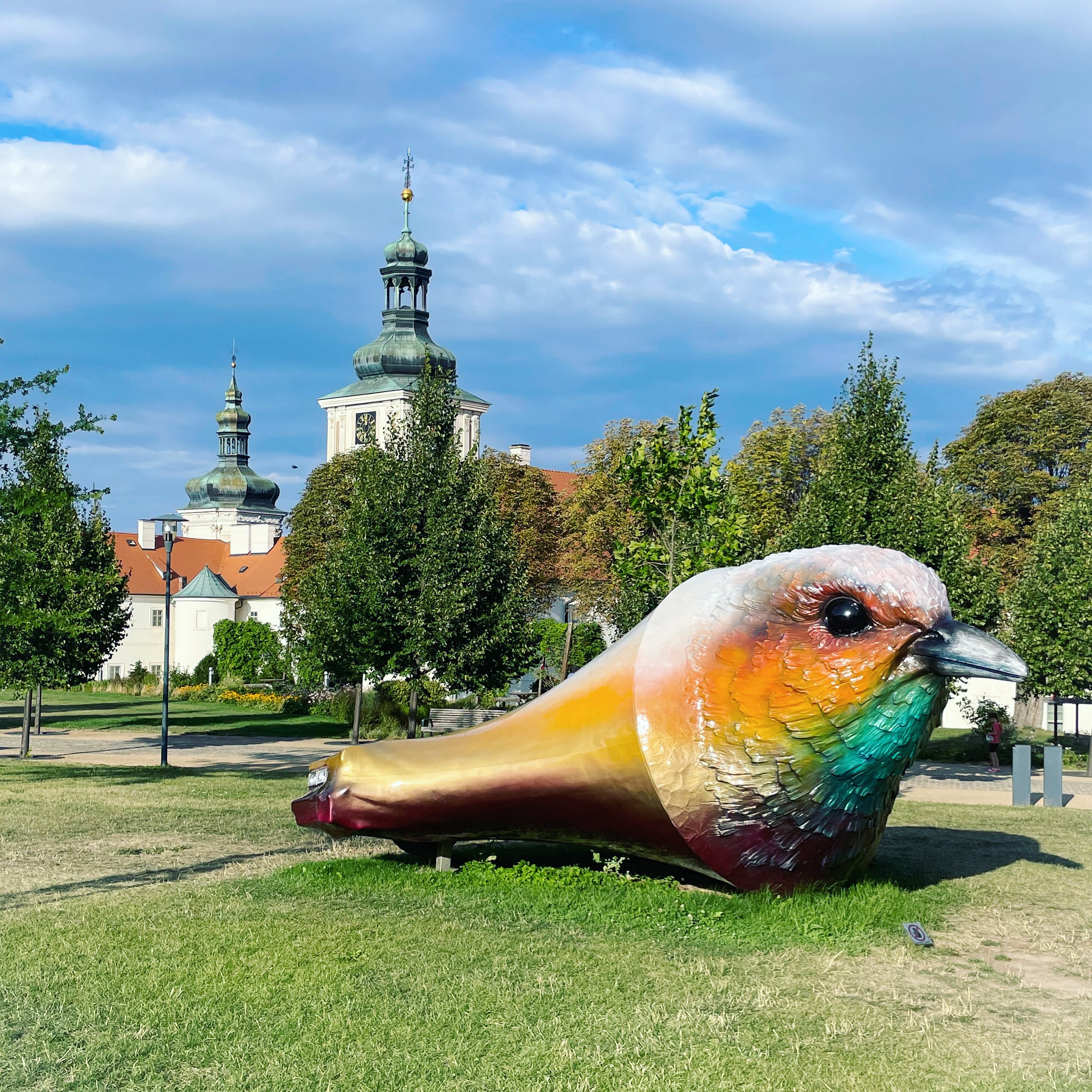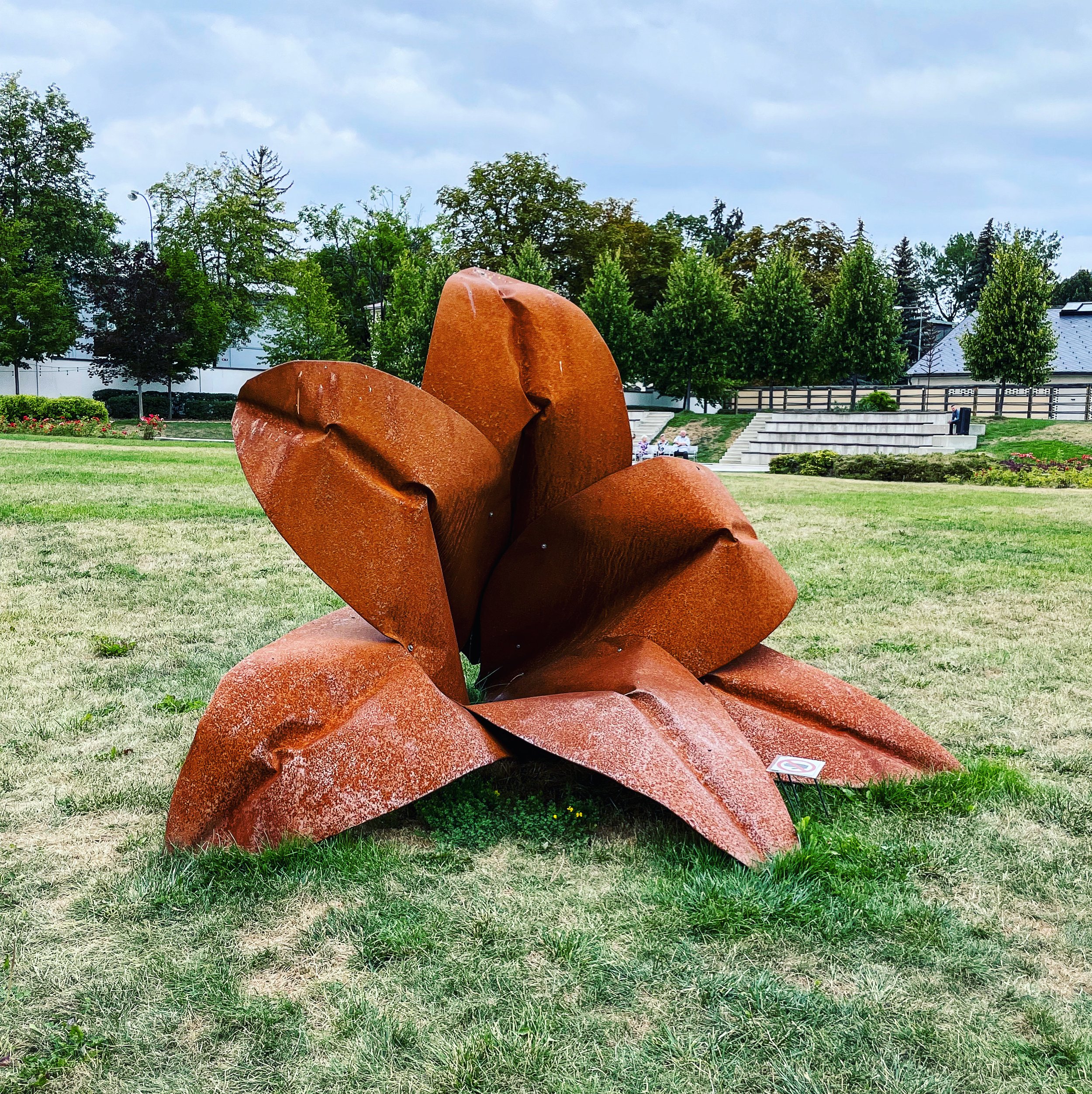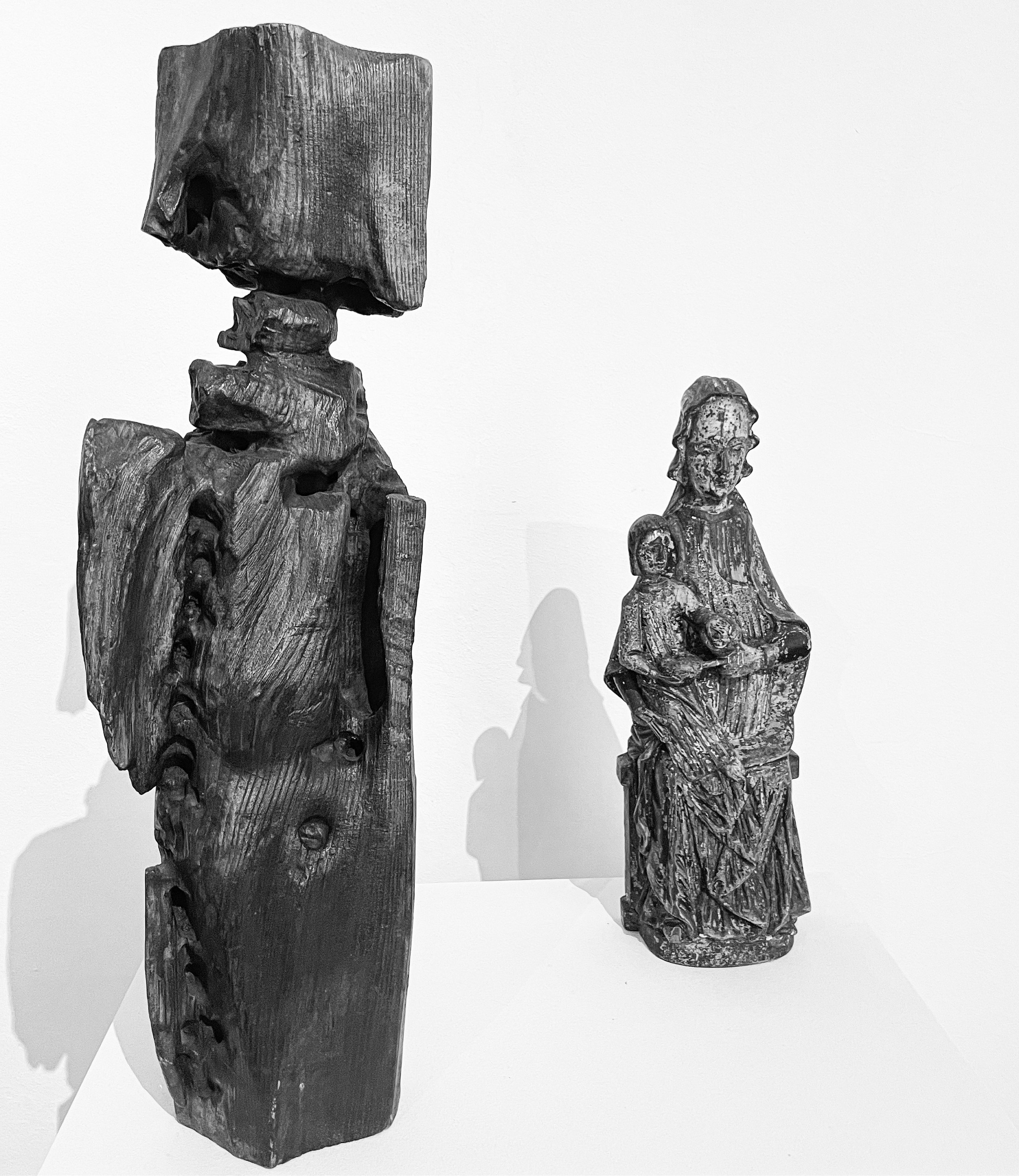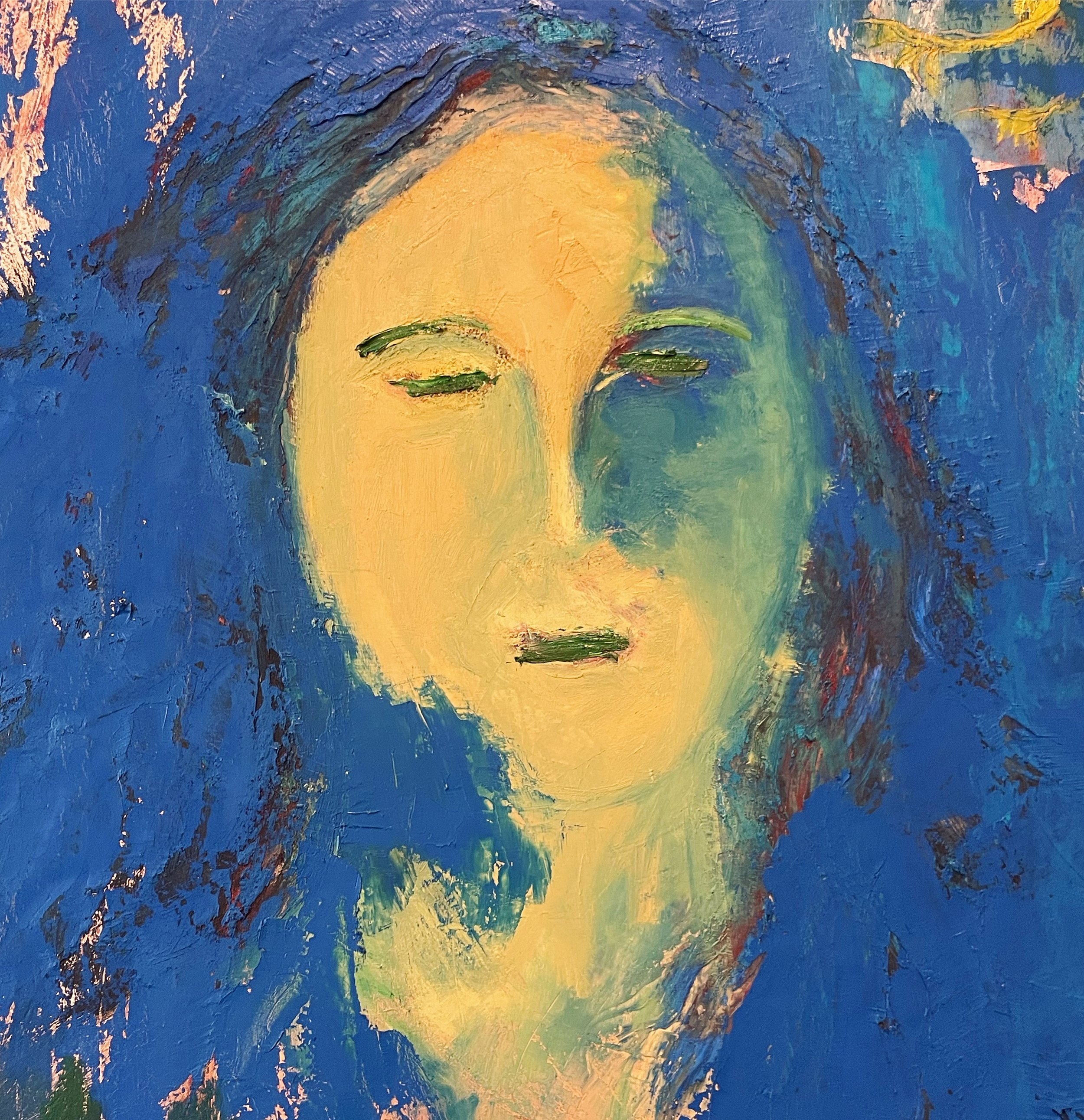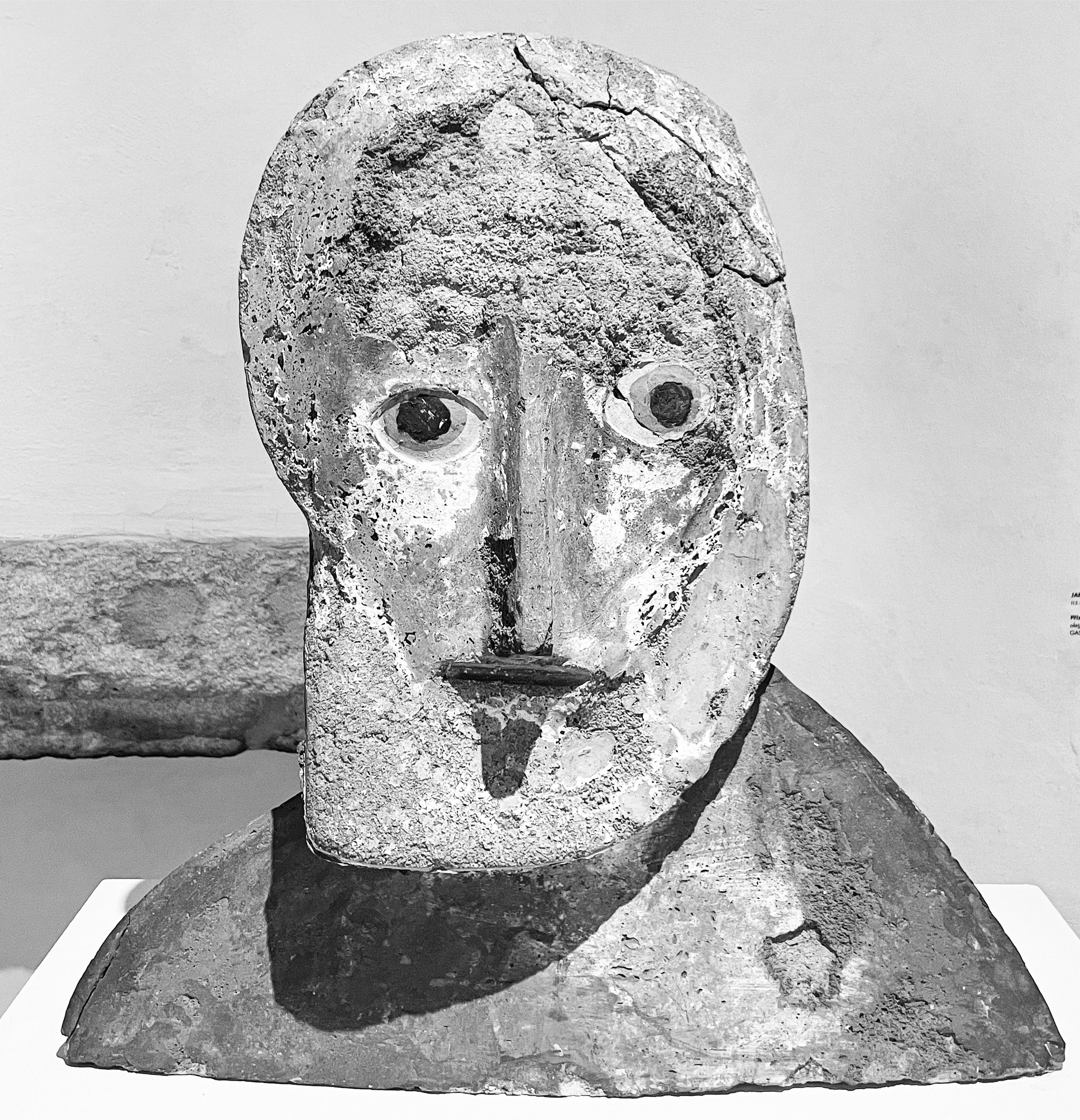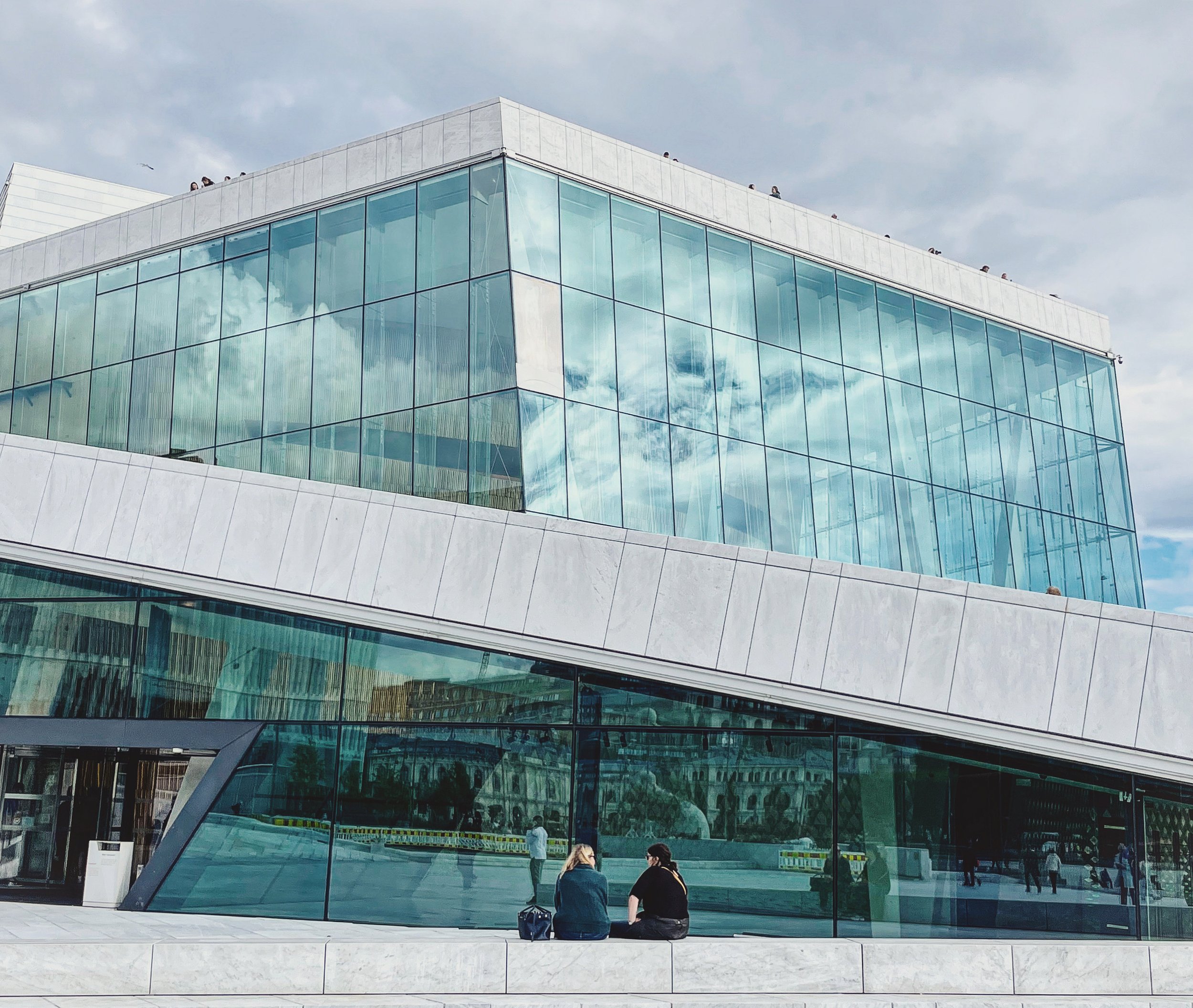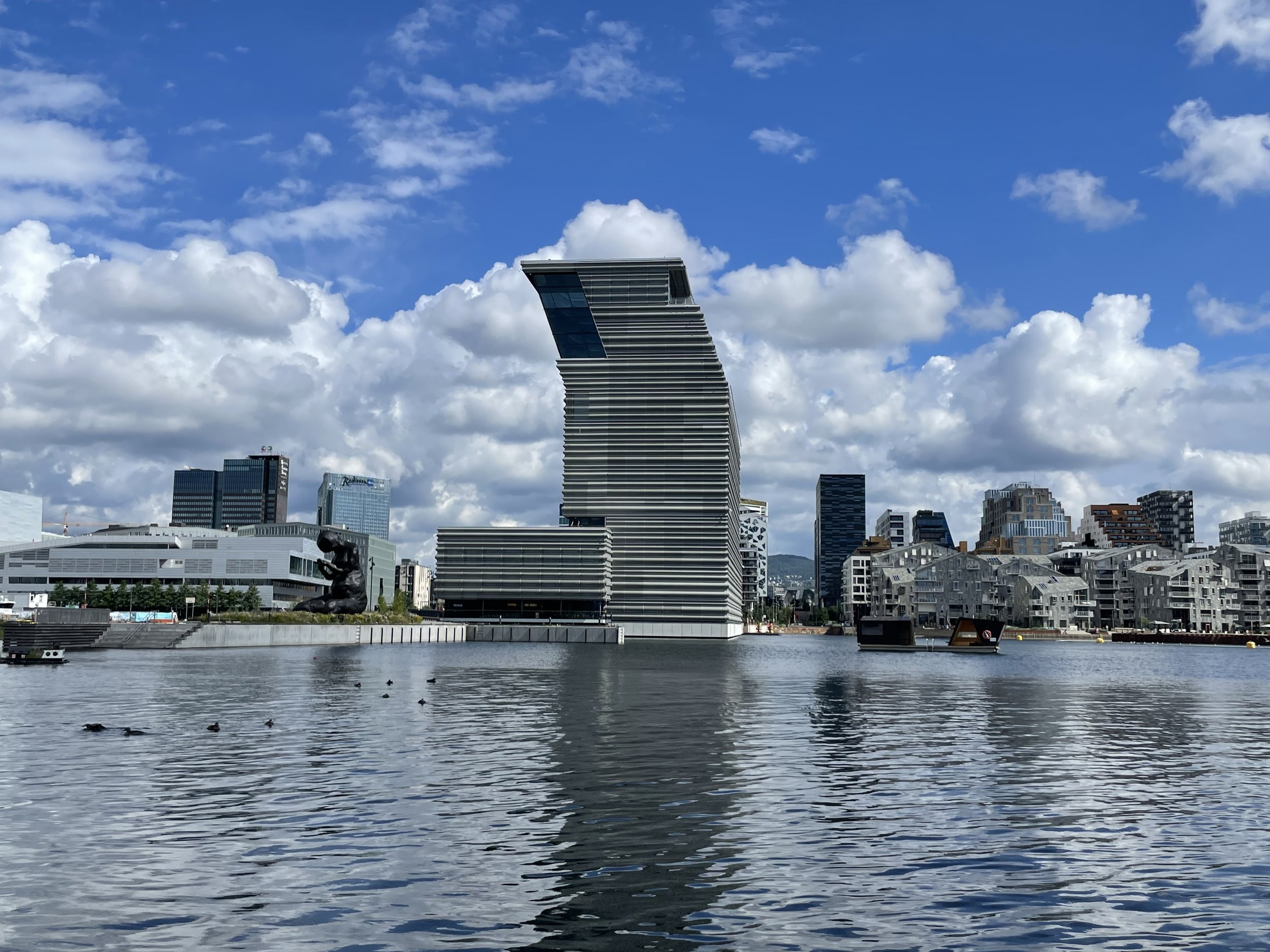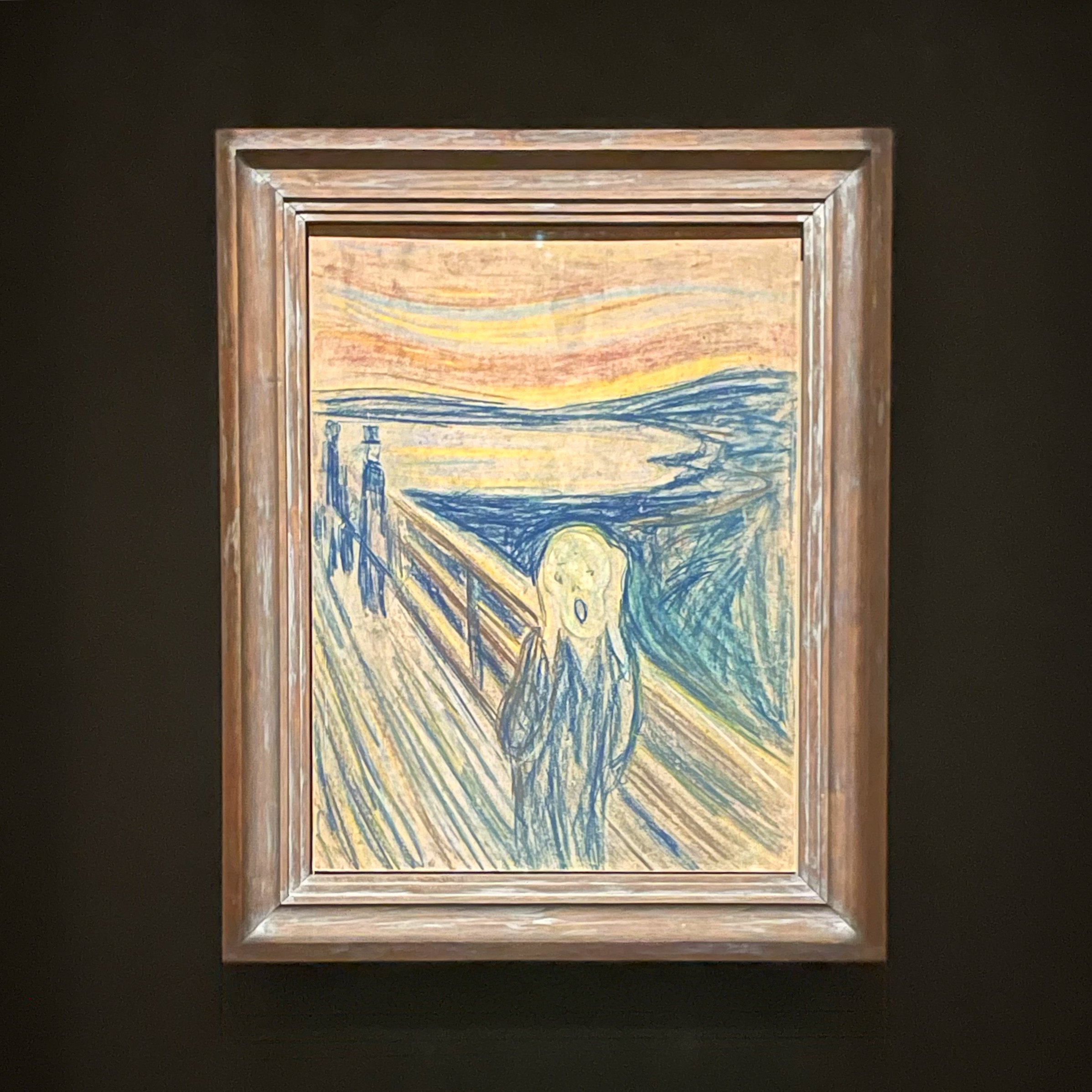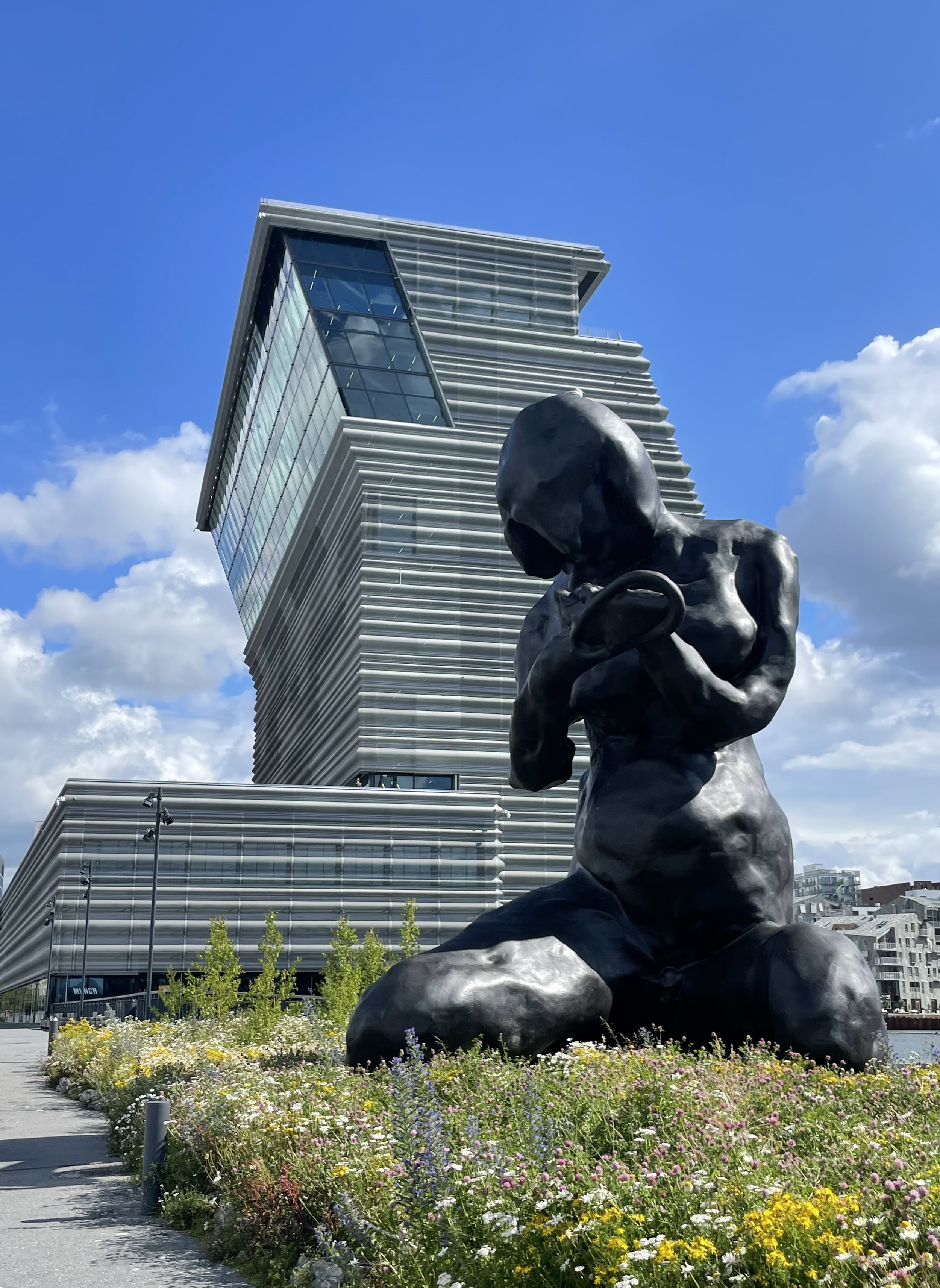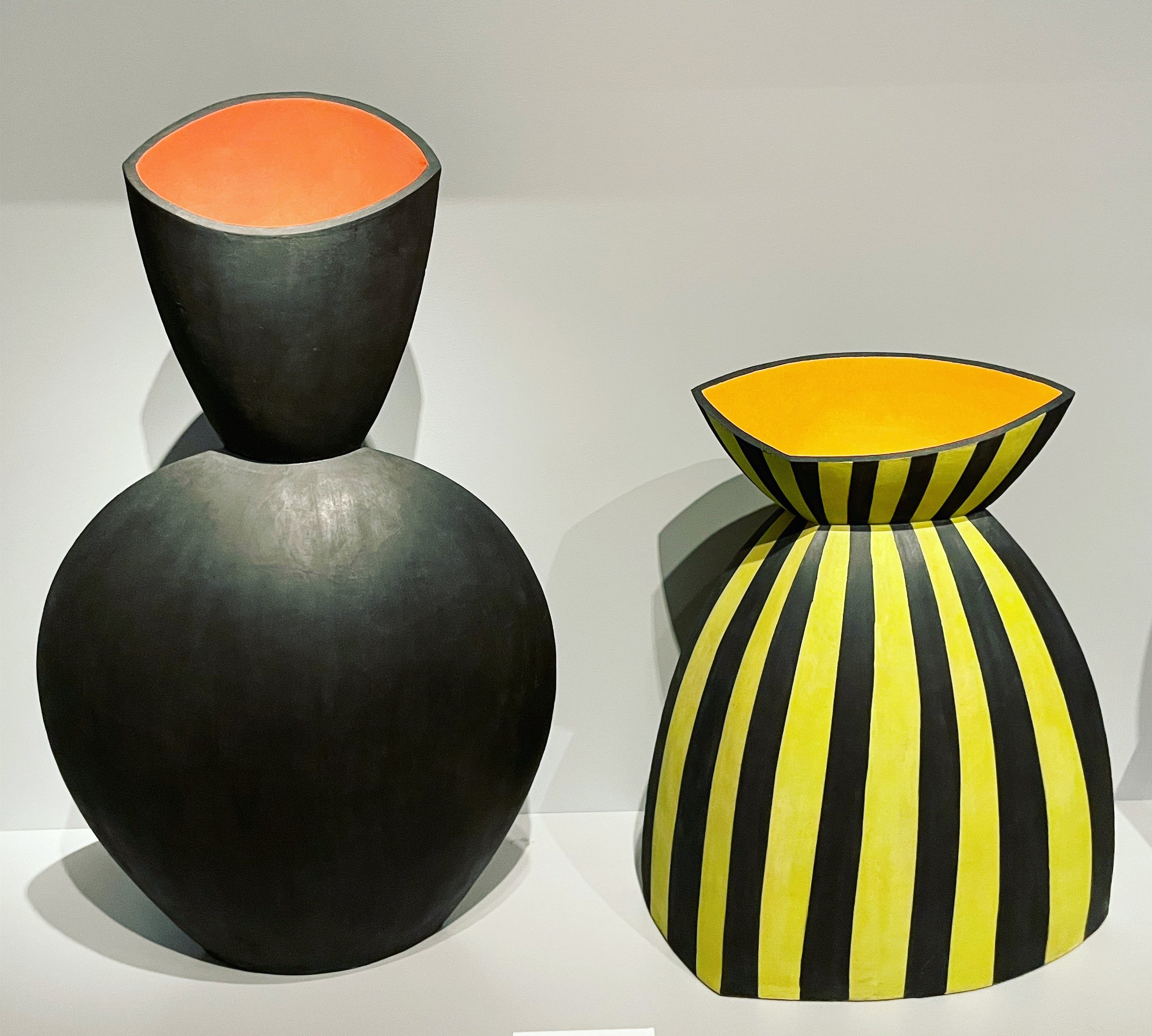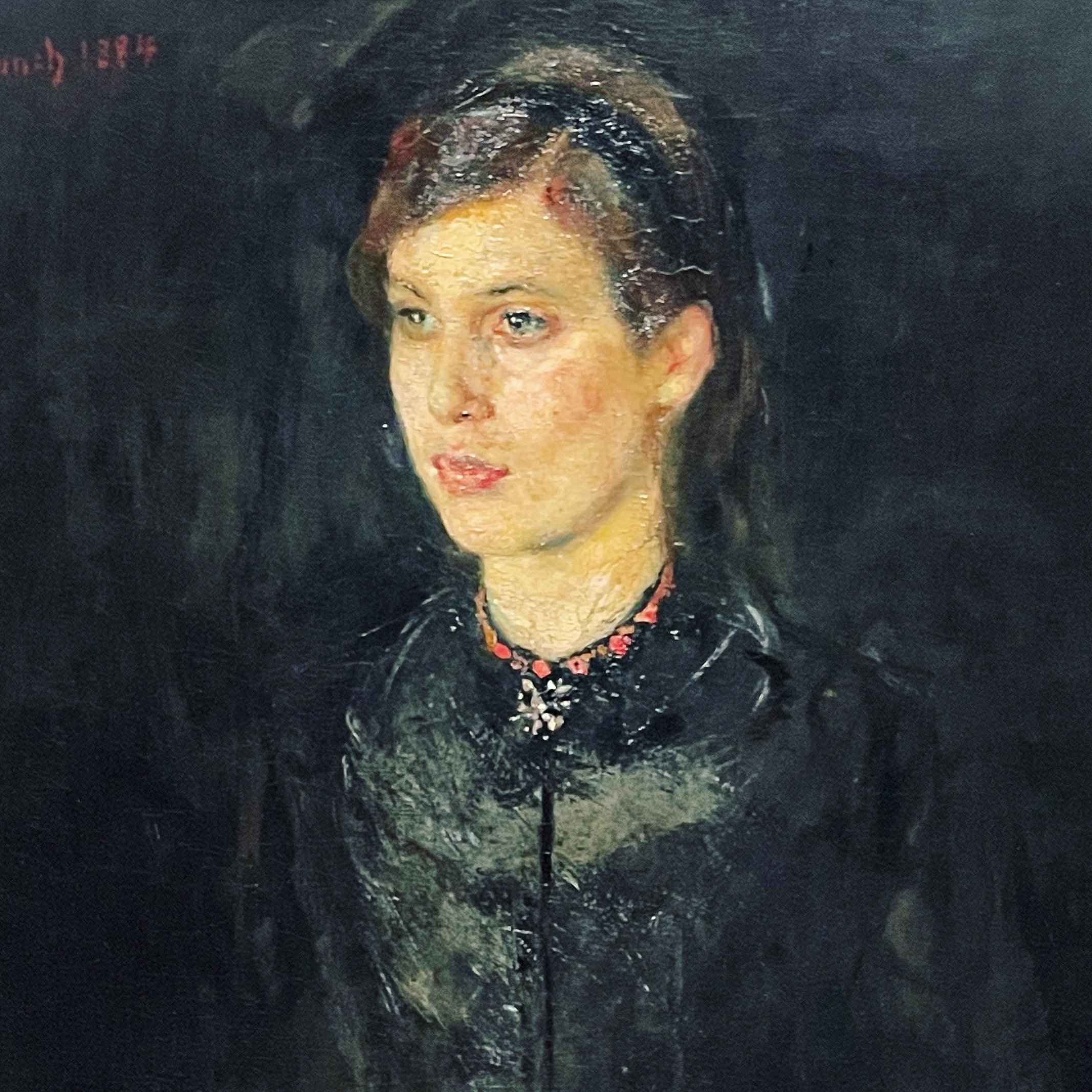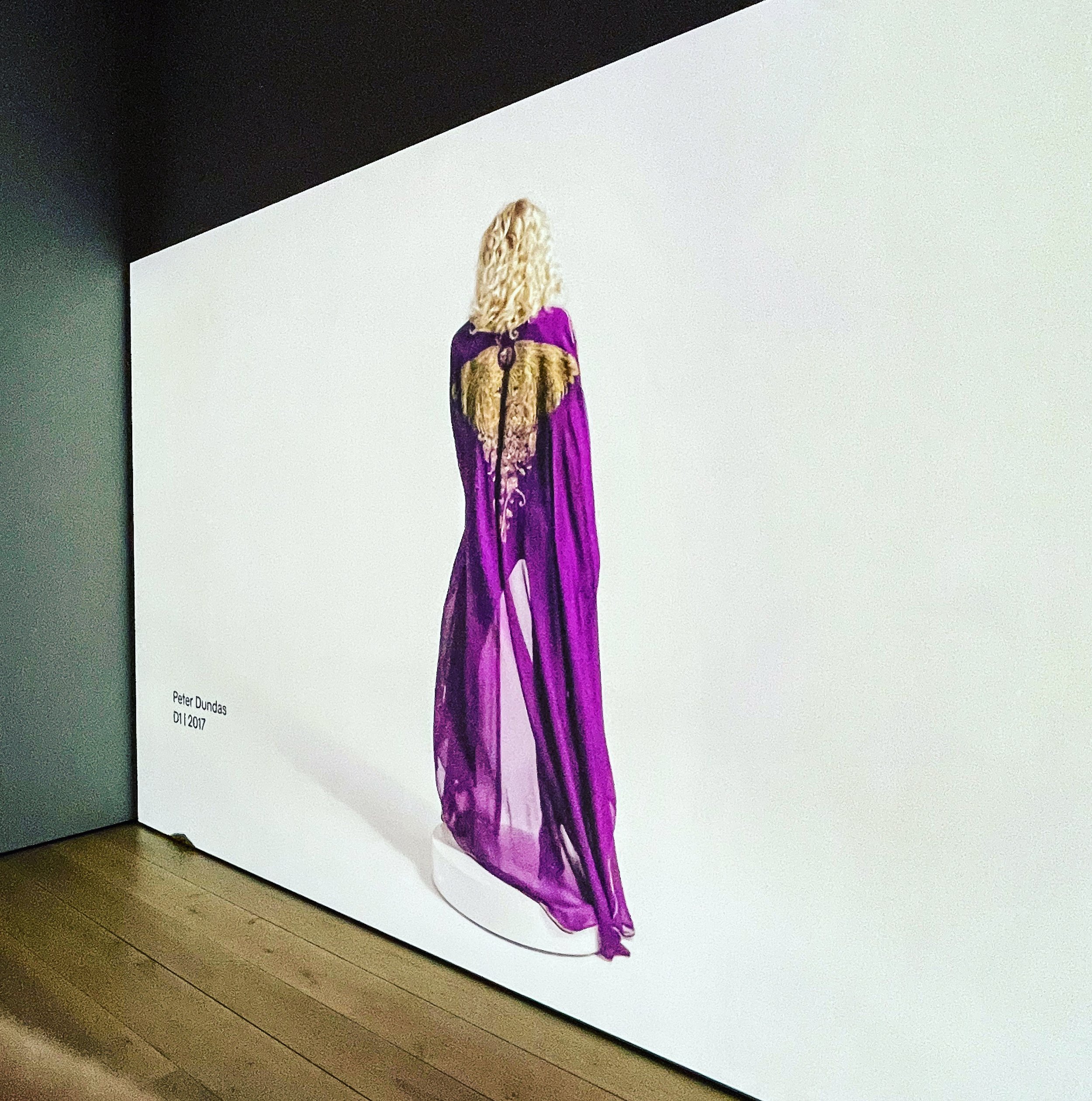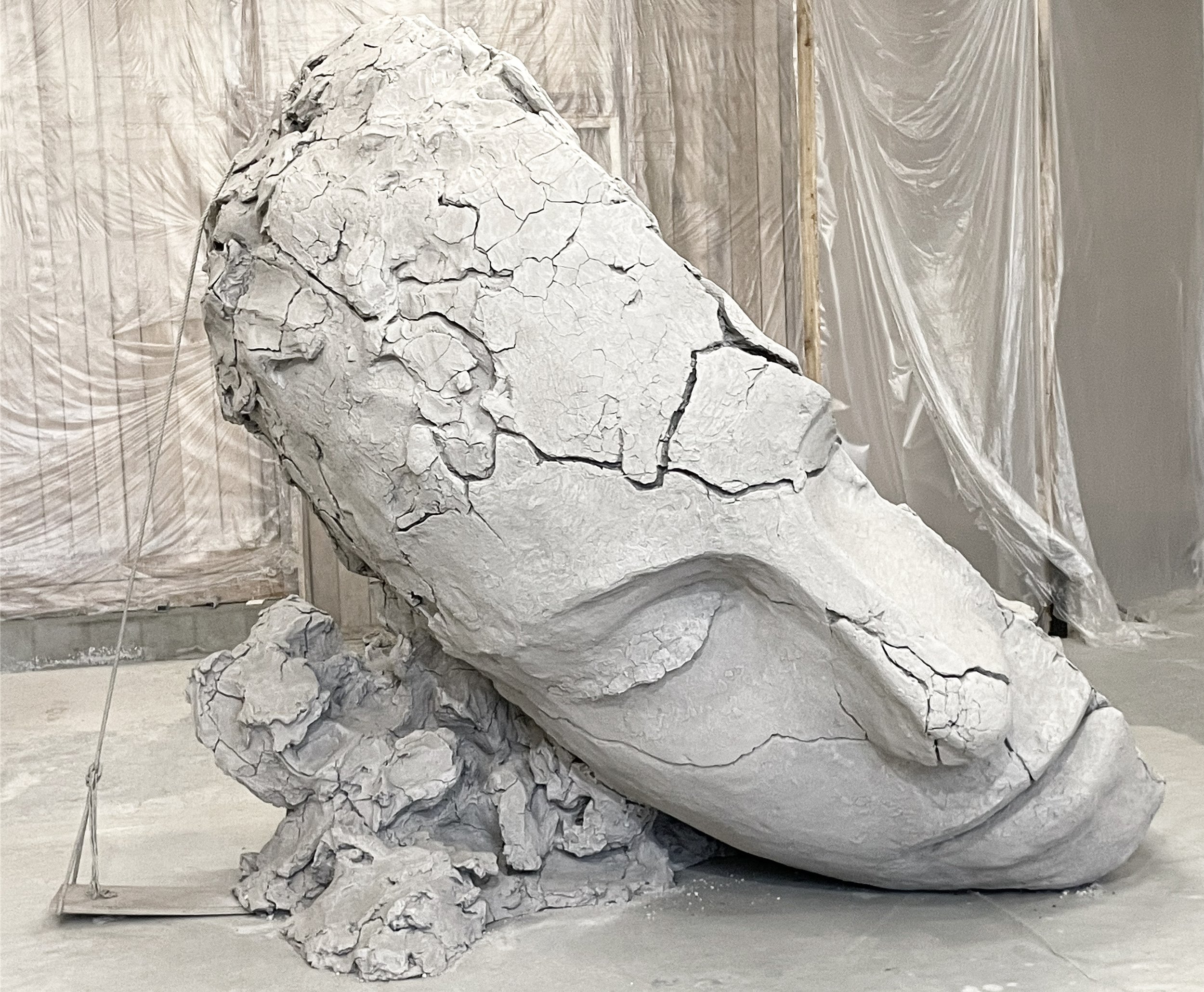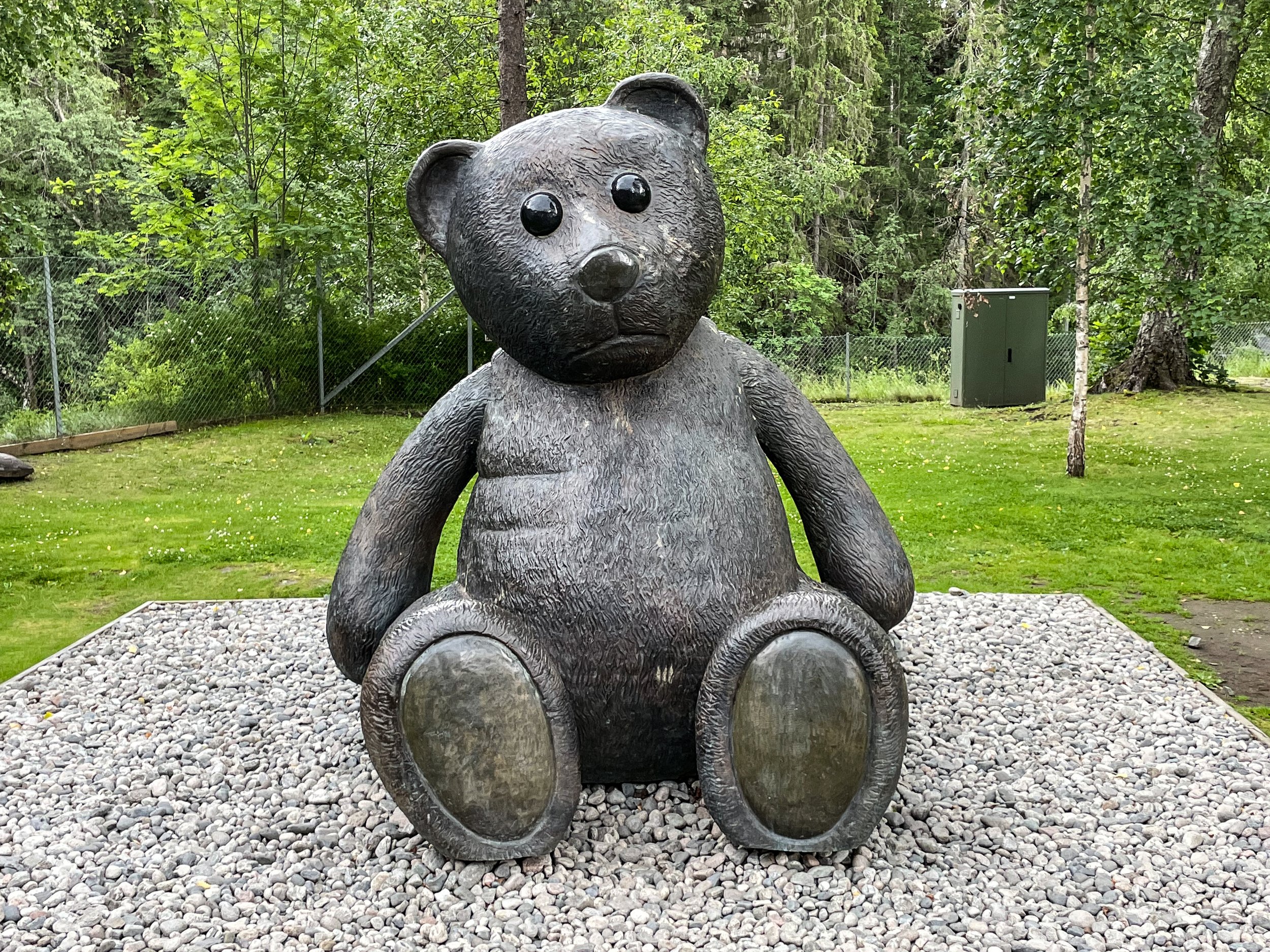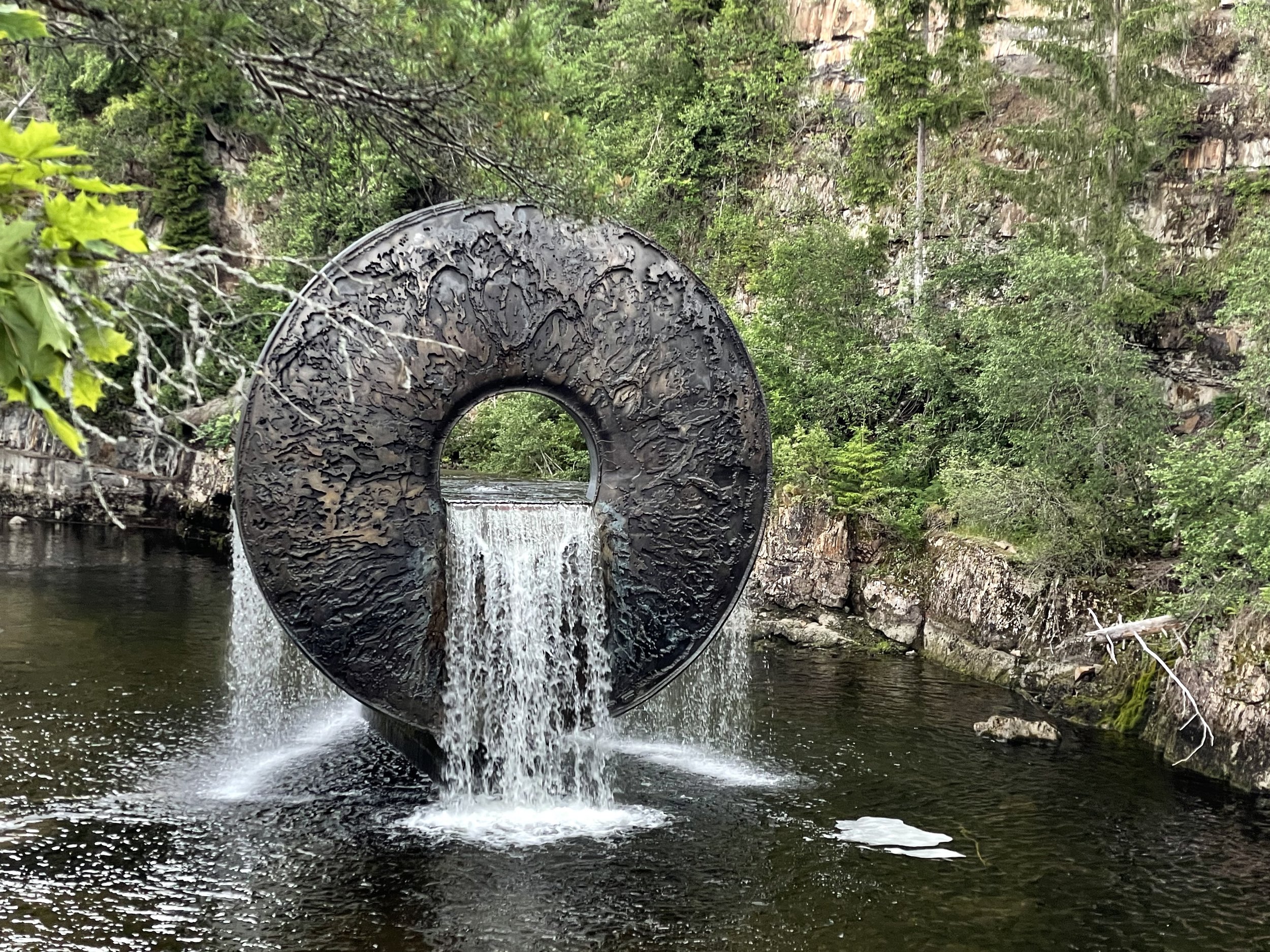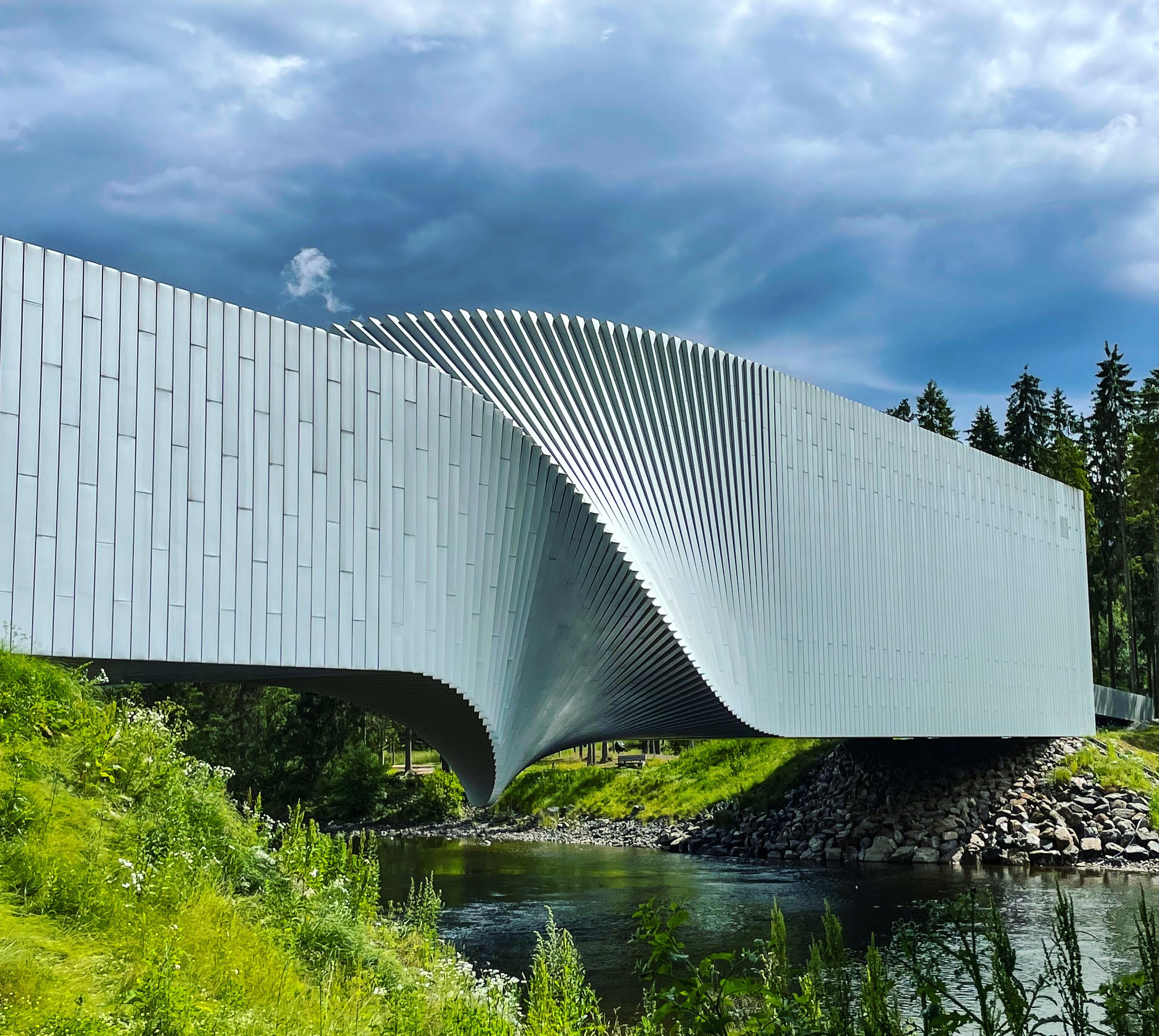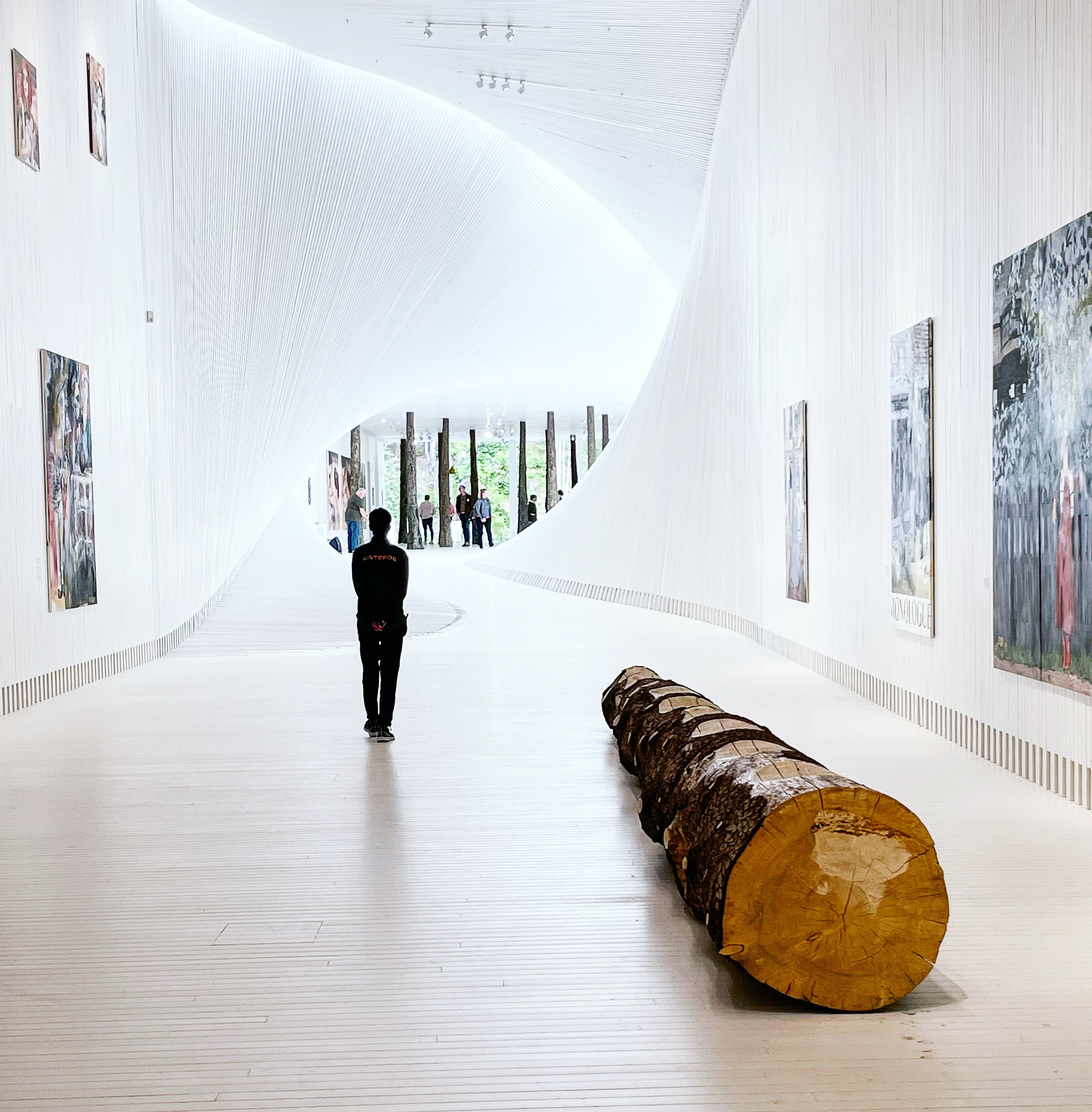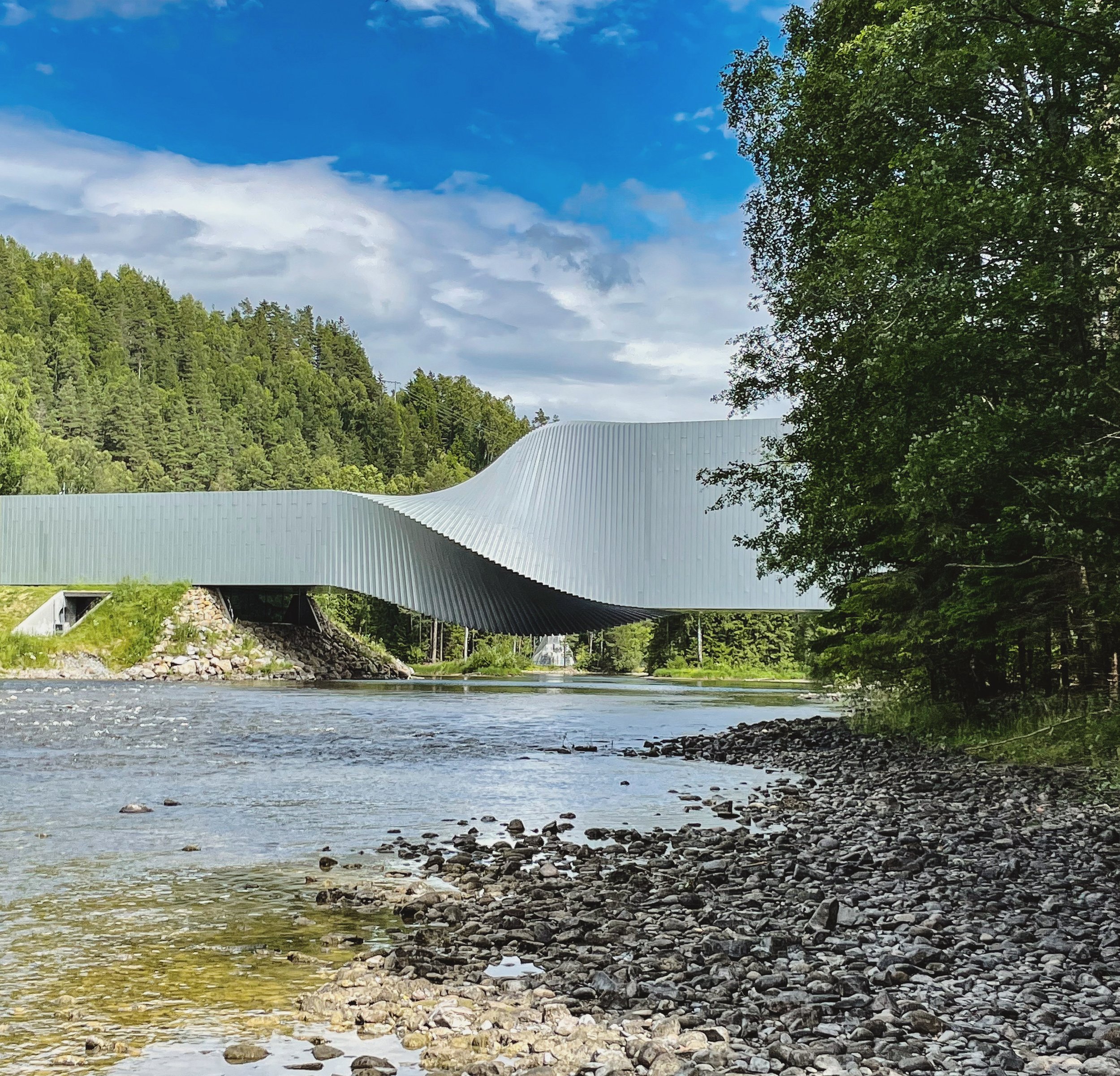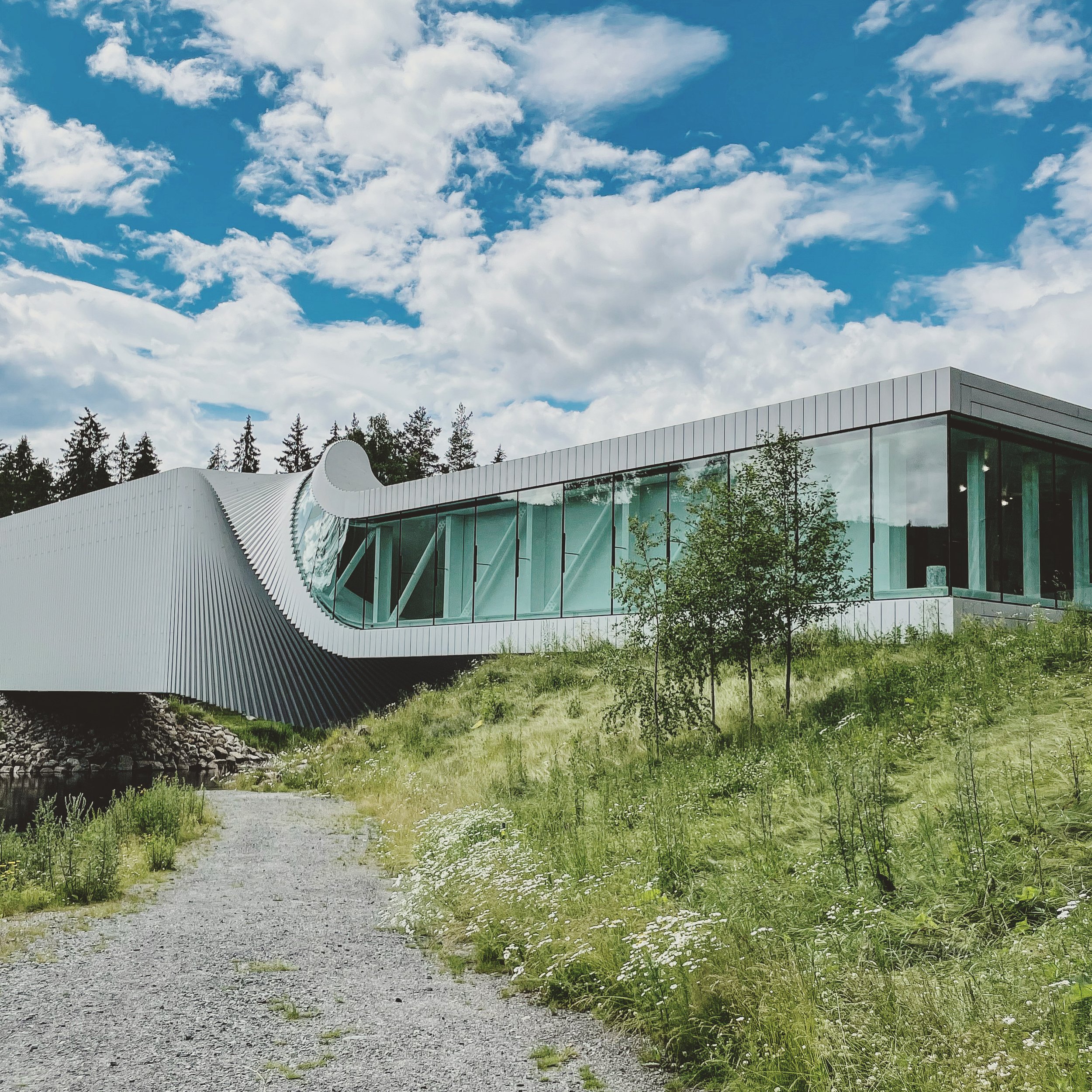A CONTEMPORARY EXPERIENCE IN VIENNA
One of my joys is discovering the less well known, contemporary side of places that are more famous for their traditional sights - a modern twist, if you will. Naturally, when I went to Vienna, I had to stay true to that idea. So, let’s venture out to experience this city and its art in a thoroughly contemporary way, shall we?
First stop is hiding in the shadow of one of the best known Viennese monuments - St. Stephan’s church. Just a couple blocks away, you will find the Schwarzwaelder gallery. The first, larger, space is tucked into the third floor of an unassuming old residential building but if you persist and find it (I did, with the help of a friendly local police officer), you will be treated to several rooms filled with distinctly contemporary art. Right now, it is the colorful work of Katharina Grosse titled “Unclarify what Belongs”. I enjoyed the contrasting setting and the bright, bold pieces, and I hope you will, too.
But you’re not done with the gallery yet. No, in fact, if you walk just a block or so, you will find another location, this one on the street level. A smaller venue, for sure, but still showing an interesting piece by Konstanze Stoiber. Just imagine, all that contemporary art within five minutes of the bustling historic centre!
Our next stop is a more recent addition to Vienna’s art scene - the younger sister to the Albertina juggernaut: Albertina Modern. Follow the “ring” from the Opera and within a few minutes and one block detour you will find yourselves at the entrance to the building that houses two venues. Albertina Modern and Kuenstlerhaus. The Albertina ticket will get you access to two shows - the combined graphics and sculpture show of Bruno Gironcoli and Toni Schmale which I thoroughly enjoyed as it makes you appreciate the artists’ imagination and redesign of everyday life. The second show, “The Beauty of Diversity” is more reflective of today’s time and discussions. It’s packed with lots of interesting art, including the works of Cindy Sherman, Amoako Boafo and Sungi Mlengeya whose striking black and white portraits were among my favorites. In short, Albertina Modern is a worthy additional stop on the Viennese art scene.
Another gallery that you may want to add to your list is Galerie Krinzinger that is currently showing the works of Brigitte Kovanz.
Finally, I would be remiss not to mention the big one - Albertina itself. Luckily for you, the gallery has a spectacular retrospective of the pop art master Roy Lichtenstein on the anniversary of his 100th birthday. You can see more than 90 pieces of Lichtenstein’s work. If you like pop art, you should make the trip. You will not regret it. I enjoyed them all - from the iconic faces to shapes, interiors or even the lesser known black and white works.
So, who’s to say Vienna can only offer traditional art and sights?





